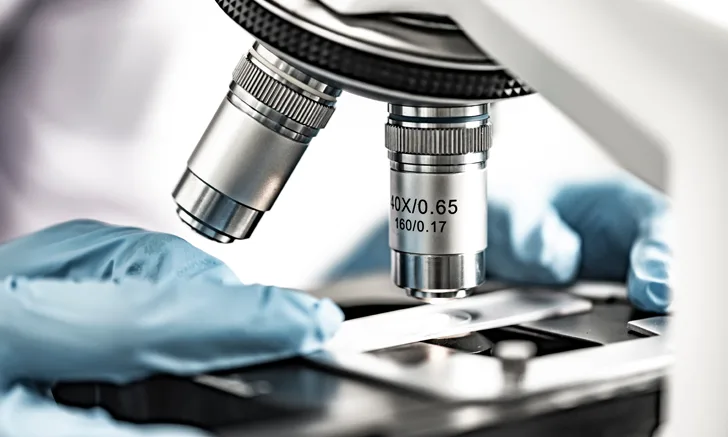Differential Diagnosis: Hypocalcemia
Julie Allen, BVMS, MS, MRCVS, DACVIM (SAIM), DACVP (Clinical), Durham, North Carolina

Most (≈99%) calcium in the body is stored in the bones. The remaining calcium is stored in extracellular fluid and is composed of 3 parts: protein-bound, complexed, and unbound/ionized (active form) calcium. As a result, protein concentrations can affect total calcium; however, formulas to correct for albumin concentration should not be used, as they are often inaccurate. Any decrease in total calcium should be rechecked and an ionized calcium test performed if calcium is still decreased.
Following are differential diagnoses for patients presented with hypocalcemia.
Acute pancreatitis
Acute tumor lysis syndrome
Artifactual hypocalcemia
EDTA or citrate contamination of serum sample
Critical illness (likely multifactorial), including sepsis
Drug-induced effect
Bicarbonate infusion
Bisphosphonates
Enrofloxacin
Furosemide
Phosphate enema
Tetracyclines
Eclampsia
Ethylene glycol toxicity
Hyperthyroidism
Hypoalbuminemia (most common cause)
Hypomagnesemia
Massive blood transfusion (excessive citrate)
Medullary thyroid carcinoma (increased calcitonin)
Metabolic (eg, secondary to protracted vomiting) or respiratory (eg, hyperventilation) alkalosis
Postsurgical correction of primary hyperparathyroidism or hyperthyroidism
Primary hypoparathyroidism
Protein-losing enteropathy
Renal secondary hyperparathyroidism
Chronic or, less commonly, acute renal failure
Secondary hyperparathyroidism due to nutritional (eg, vitamin D) deficiencies
Severe rhabdomyolysis or soft tissue trauma
Snake envenomation
Urethral obstruction
Vitamin D-resistant rickets (types I and II)